Using Trino And Iceberg As The Foundation Of Your Data Lakehouse
Data Engineering Podcast
FEBRUARY 18, 2024
Summary A data lakehouse is intended to combine the benefits of data lakes (cost effective, scalable storage and compute) and data warehouses (user friendly SQL interface). Multiple open source projects and vendors have been working together to make this vision a reality. In this episode Dain Sundstrom, CTO of Starburst, explains how the combination of the Trino query engine and the Iceberg table format offer the ease of use and execution speed of data warehouses with the infinite storage and sc
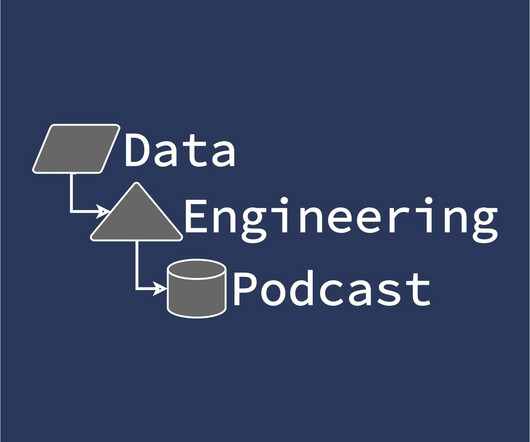
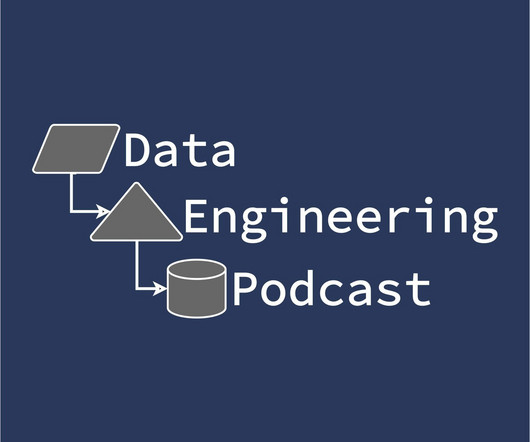
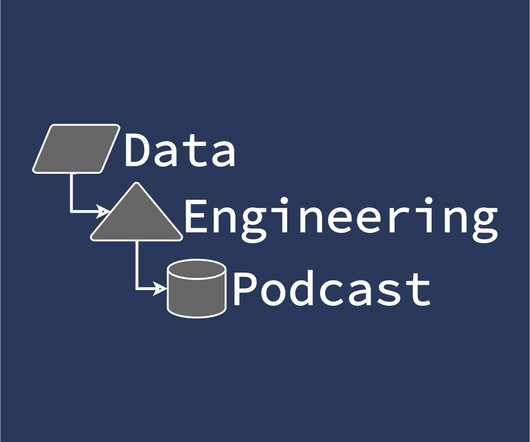
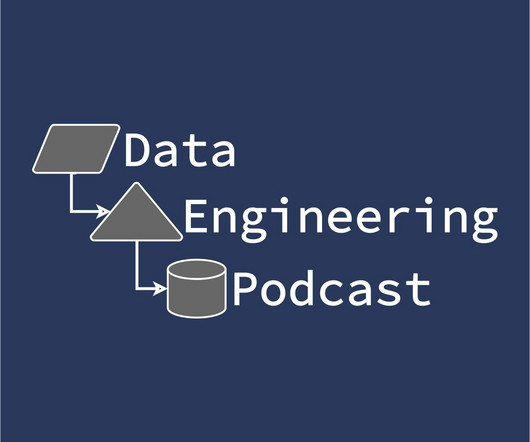
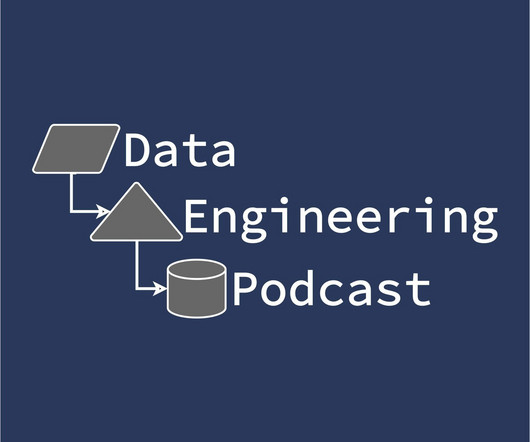
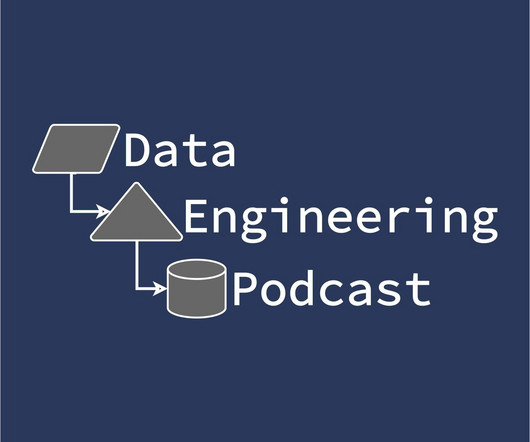
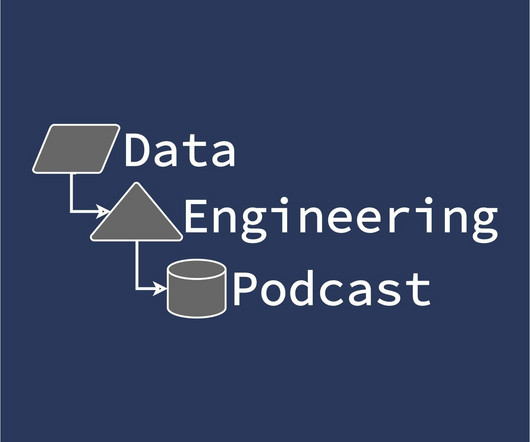
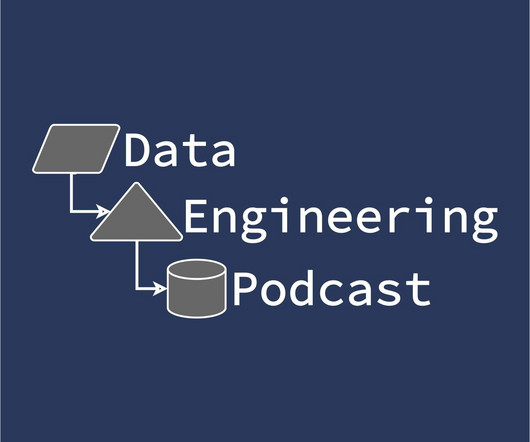
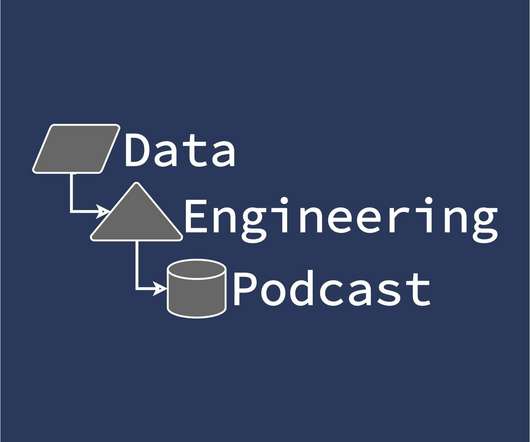































Let's personalize your content